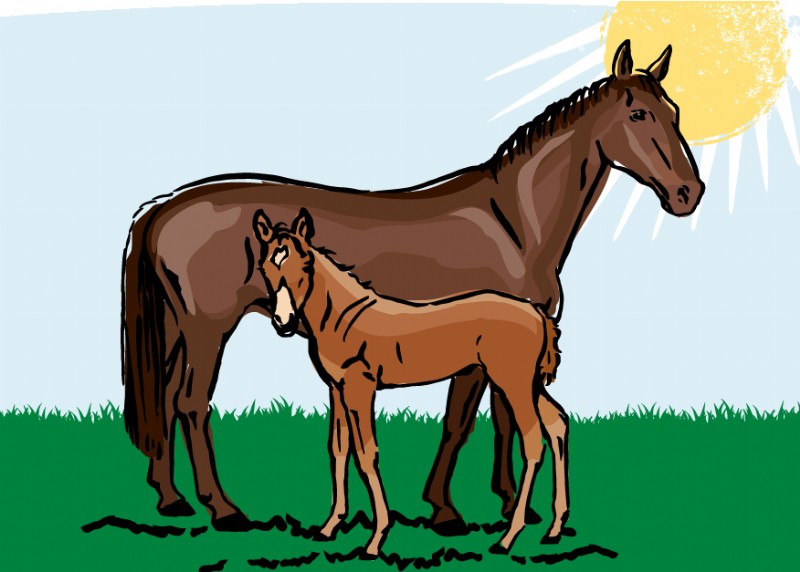

Suitable soils and optimum pH
These mixes are suitable for most soil types and pHs.
When to sow
Mixes should be sown from April to September when soil temperature is above 7 ̊C and sufficient soil moisture is available.
How to sow
Weeds should be controlled before sowing, ideally plan to allow several attempts at spraying weeds flushes with Glyphosate before sowing, especially if perennial weeds like Nettles, Docks and Creeping Thistle is present
Mixes can be broadcast or drilled but should not be sown deeper than 1cm. If broadcasting, it is best to comb harrow first to create a tilth. If drilling the seed it can be useful to drill at two slightly different angles at a half rate, this will help create a thicker, less uniformly spaced sward.
It is always important to roll using a flat or Cambridge roller after sowing to full consolidate the soil, you should leave no footprints when walking over a newly sown area.
Management
New swards can be lightly grazed around five or six weeks after establishment (depending on soil and weather conditions). Over-grazing will always damage grass so swards should be given regular rest periods of a few weeks throughout the growing season to recover and regrow. Annual weeds will disappear when grazed. Perennial weeds can be more problematic and should be controlled prior to seeding. Selective herbicides can be used on Docks, Thistles and Nettles but, as is often the case, prevention is better than cure.
Once the area is ready for fulltime use, try to implememnt a managed grazing system, allowing areas to rest and regrow after grazing with a backfence, this will reduce overgrazing, bare soil and the encroachment of weeds that colonise bare soil like Docks and Creeping Buttercup.
Nutrient requirements
Soil nutrient levels should be checked every two years and any deficiencies made up using fertiliser or farm yard manure. If fertilising, take horses off the grazing for around two weeks after any application to allow the nutrients to be absorbed properly. Often a balanced fertiliser low in N but providing P & K is appropiate, helping to reduce the risk of a flush of rich grass (such as Paddock Royale).
Date Posted: 22nd January 2018




